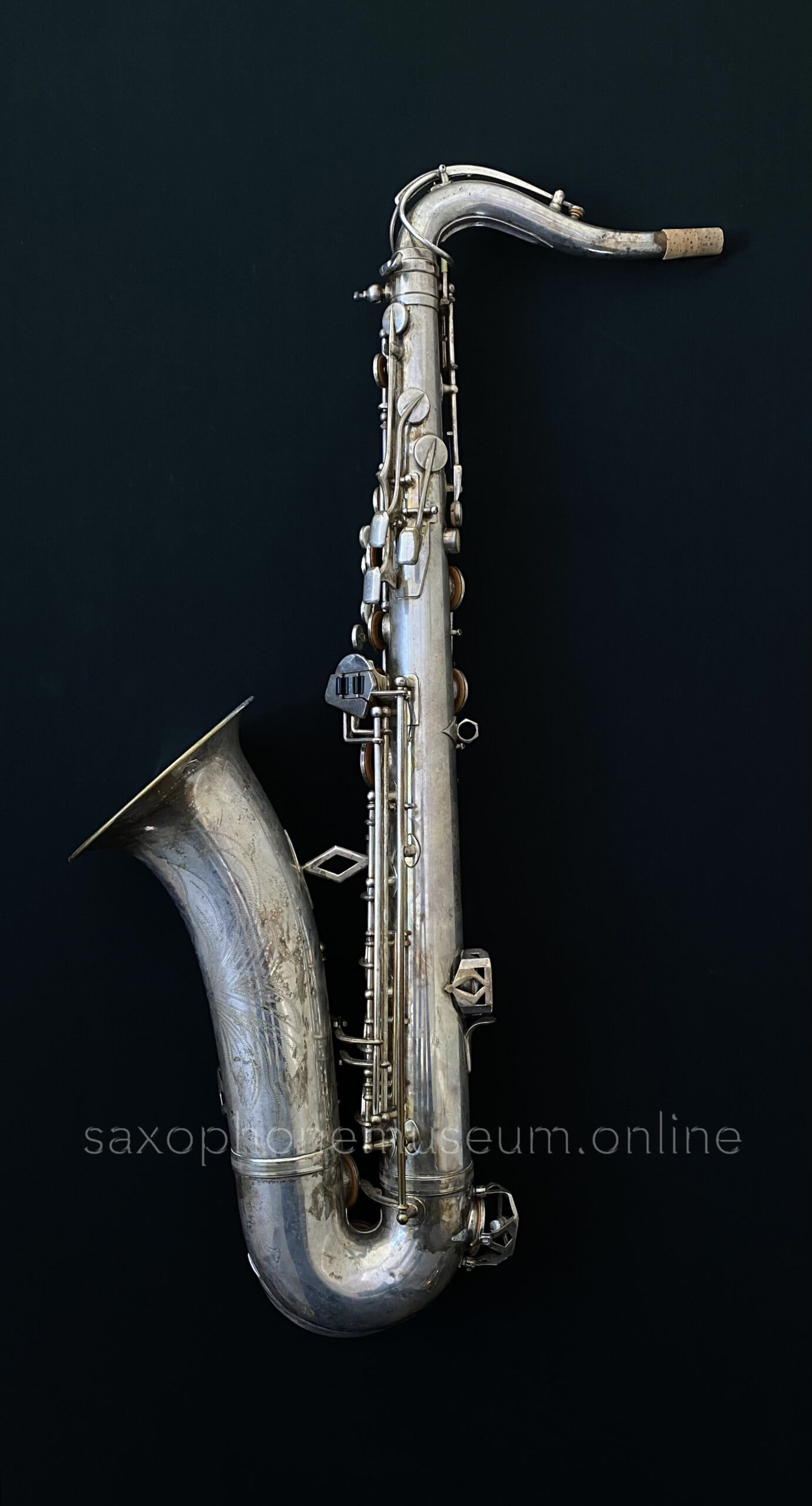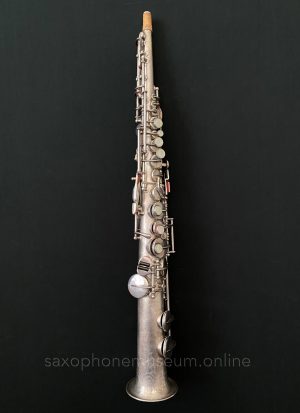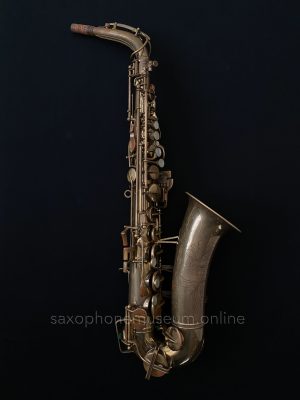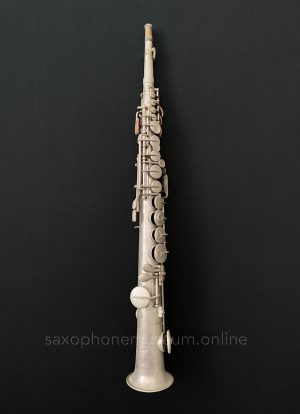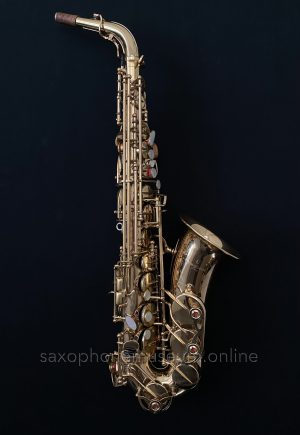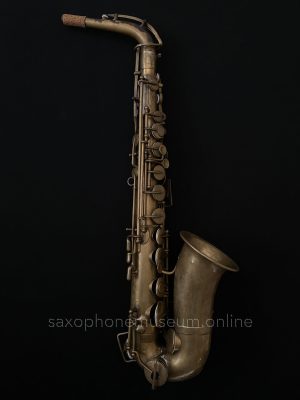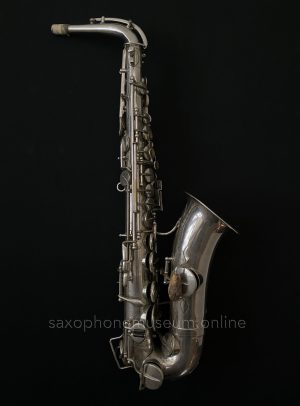Dolnet
Notes on this instrument
This is one of the first instruments I purchased for my collection.
When I was teaching at the music school in Tilburg in the 90s, a local shop phoned me, and told me someone had returned an instrument that seemed impossible to play in a wind band. It was so out of tune! They where wondering if I would be interested in the instrument, since I had a thing for old saxophones. I went over, and picked the instrument up. I took the opportunity to browse through a box of old mouthpieces they had, and found a really great Buescher tenor mouthpiece, that my friend Steffen Hass (a marvelous saxophonist, check him out!) is still playing. Looking back on those days, that is something I am nostalgic about. These days, everything can be found on the internet. In those days you could find really interesting things behind the counter of local shops. Don’t get me wrong, I love progress, but I can’t help but being slightly nostalgic about the pre-internet times. The reason, by the way, that the instrument seemed so out of tune to the previous owner, is that it’s a high pitched instrument. In my Glazounov video on YouTube, you can see this instrument on display in the first part of the performance. (I have seen with great amusement that in some forums I am referred to as “Glazounov-Guy”! I have been called worse.)
*the construction year of this instrument is an estimate
Share this instrument

